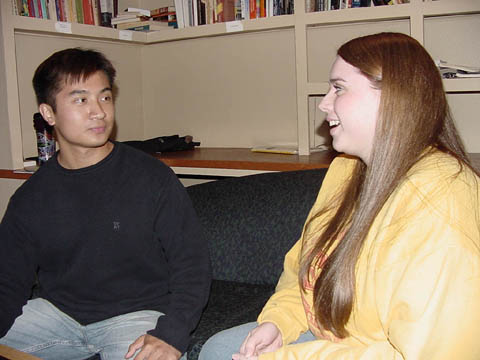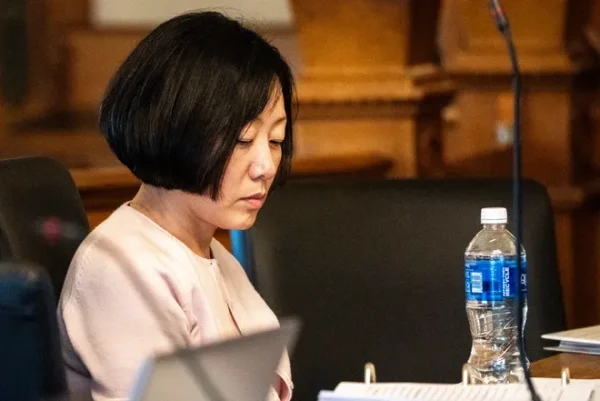Diversity issues come to surface

October 31, 2002
Simpson has seen slight improvements in the area of diversity since the taskforce released its report over a year ago.
The goals of the task force were to see how Simpson College could develop a more diverse student body where difference is valued and accepted as a commonality.
“There is not a racial minority in California,” said President R. Kevin LaGree. “If our current demographic trends continue, by 2050 this will be true of the whole country.”
The taskforce recognized the importance now and for the future of understanding and interacting between all people.
When the diversity task force report was released, administrators were slow to act upon the suggestions because the retention and marketing reports were still being completed.
On Feb. 15, President LaGree sent out an e-mail indicating that diversity would be a top priority for the school in the coming decade. Since then Simpson has seen several small increases in diversity.
In 2001, there were three faculty members from underrepresented ethnicities and this year there are five. Last fall Simpson had 35 minority students enrolled, compared to this fall where there are more than 40. This year there are six more international students, up from last year’s 27.
“Trying to attract minority students won’t happen over a night, it will have to be a long persistent effort,” said Fred Jones, former chairman of the diversity taskforce.
A goal of LaGree and the task force is to create a position for an assistant dean for multicultural affairs. This year the increase in revenue was only small, but if the school is able to meet its recruitment goals, there is a strong possibility of creating this position.
Currently, Deans Bruce Haddox and Jim Thorius are the President’s Commission on Multicultural Affairs.
Jones hopes that a new multicultural assistant dean could address things such as visa problems, language issues and culture shock.
Not all of the suggestions were pricey and put on the back burner. An example of a low cost solution the report suggested was incorporating diversity concerns into the Liberal Arts Seminar.
At the time the report was released, 16.8 percent of students were taking advantage of study abroad programs. The goal of the taskforce is to increase that to 20 percent over a five year period of time.
LaGree also suggests students take May Term trips to countries where they will be the minority or take advantage of the semester exchange program and study at a historically black college.
There are many low cost solutions that take student initiative. Students are able to attend forums, read books, watch movies and attend plays to expose themselves to new ideas. Many cornerstone courses are also directed toward exposing students to outside topics.












